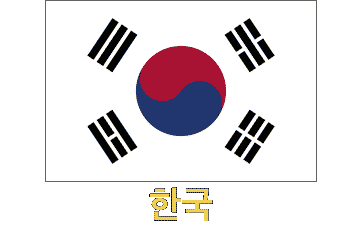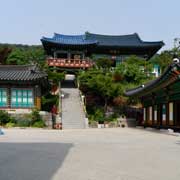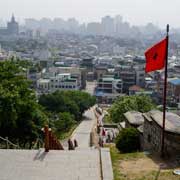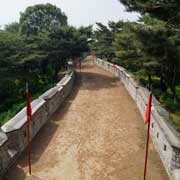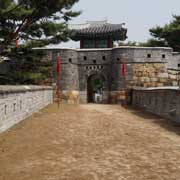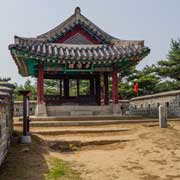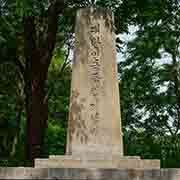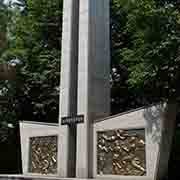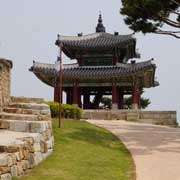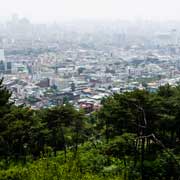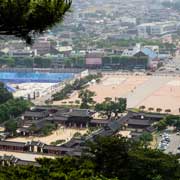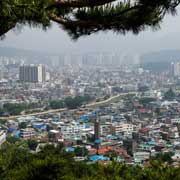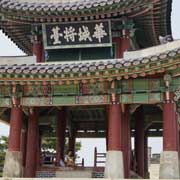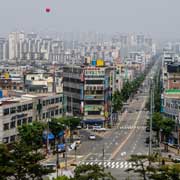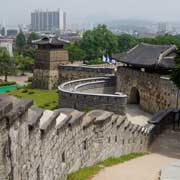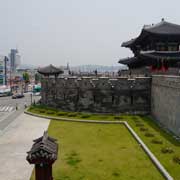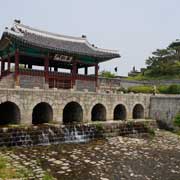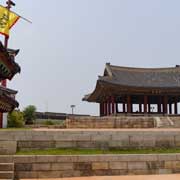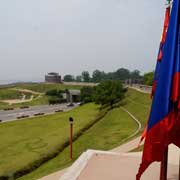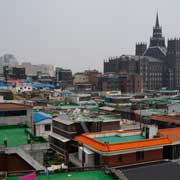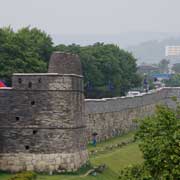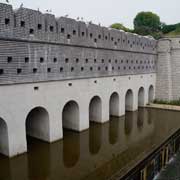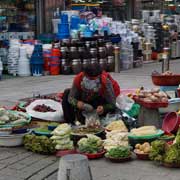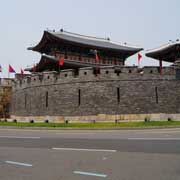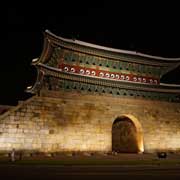Photos of Suwon, a former capital, Gyeonggi Province, Korea
Suwon, a former capital, Gyeonggi Province
Suwon, the capital and largest city of Gyeonggi-do (Gyeonggi Province), with a population close to 1.2 million, lies about 30 kilometres south of Seoul. During the Joseon Dynasty, in 1796, King Jeongjo, who ruled from 1776 to 1800, made Suwon the nation’s capital. Part of this project was the construction of Hwaseong Fortress, a fortified wall running around the entire city, to house and honour the remains of his father, Prince Sado. He had mental illness and was deemed unfit to be a king, and had been executed by being locked alive inside a rice chest by his father, King Yeongjo, after failing to obey the command to commit suicide.
you may then send it as a postcard if you wish.
Although severely damaged during the Korean War, the fortress walls were reconstructed in the 1970s. It is possible to walk almost the whole 5.7-kilometre length of the wall, starting on steps leading up to Mount Paldasan and passing carefully reconstructed watchtowers, gates, command posts and water gates. The southern gate’s impressive Paldalmun now stands on a traffic circle.
A “haenggung”, a temporary palace where the king and royal family could retreat during a war, was built: Hwaseong Haenggung Palace was not only used by King Jeongjo and his family in times of trouble but also when he came to worship at his father’s tomb. The palace was the location of a splendid feast held on the 60th Birthday of his mother, Hyegyeonggung Hong, and many other events, including award certificates for successful candidates of special national exams. The palace was burnt down during the Japanese occupation; it has been meticulously reconstructed from records that had been kept. Those records had been published in 1800, shortly after King Jeongjo’s death, and proved vital in Hwaseong Fortress’s reconstruction.


